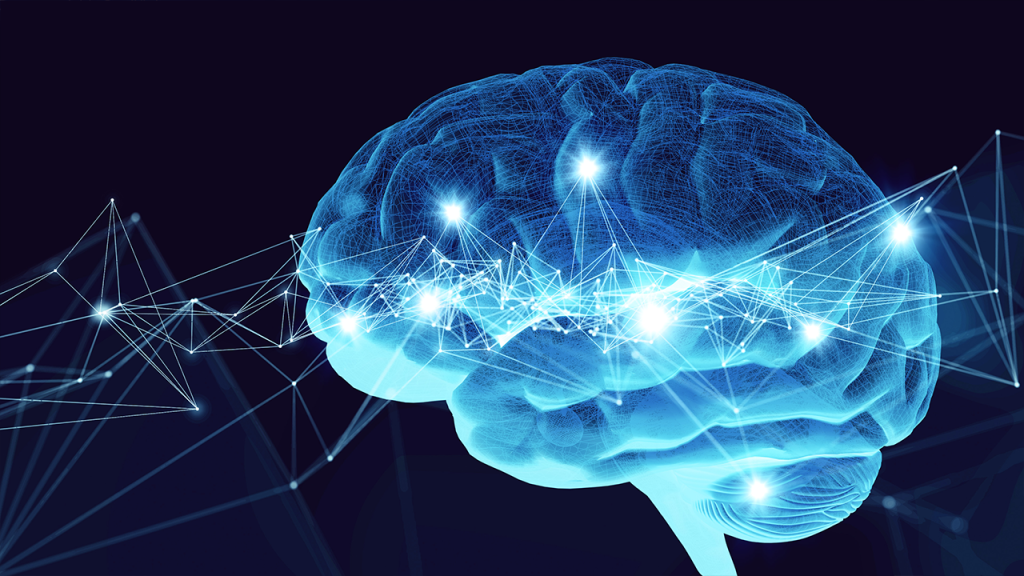Recent advancements in noninvasive brain technology have opened new doors for individuals with motor impairments, enabling them to control robotic devices with their thoughts. Researchers at Carnegie Mellon University have developed a process that utilizes electroencephalography (EEG) to interpret brain signals, translating them into commands for robotic hands. This technology promises not only to restore functionality to those with limited mobility but also to improve life quality significantly without requiring surgical interventions.
| Article Subheadings |
|---|
| 1) Understanding Noninvasive Brain Technology |
| 2) The Mechanism of Thought-to-Motion |
| 3) Advantages of Noninvasive Approaches |
| 4) Current Applications and Future Potential |
| 5) Key Takeaways and Implications for Society |
Understanding Noninvasive Brain Technology
Noninvasive brain technology represents a cutting-edge intersection of neuroscience and robotics, aimed at improving the quality of life for individuals with mobility challenges. Traditional methods for aiding fine motor control often involve surgical procedures, but with the advent of techniques such as electroencephalography (EEG), patients can harness their brain signals without the involved risks of invasive surgeries. Researchers at Carnegie Mellon University have been pioneers in this domain, focusing on how brain electrical activity can facilitate control over robotic devices. EEG technology is particularly appealing because it requires minimal setup and is largely safe for regular use. By placing sensors on the scalp, the system can read brain signals related to desired movements, such as finger taps.
The Mechanism of Thought-to-Motion
The process of translating thought into action is complex, yet fascinating. Electrical signals generated by the brain when someone thinks about moving specific fingers can be detected by the EEG. This data is then fed into a computer equipped with artificial intelligence algorithms that interpret these signals. Researchers have employed deep learning models to decode the information, allowing participants to control robotic fingers simply by imagining the movement. During the study, individuals were able to successfully maneuver two fingers with an impressive accuracy exceeding 80%, while the ability to control three fingers achieved accuracy levels above 60%. This real-time processing exemplifies how technology can bridge the gap between thought and mechanical action, making it a promising development for people with disabilities.
Advantages of Noninvasive Approaches
One of the most significant advantages of noninvasive brain technologies is the elimination of surgical risks, making this technique accessible to a broader range of individuals. Many people, including stroke survivors and those with spinal cord injuries, can benefit from enhanced motor control without the fear of complications associated with invasive procedures. The intuitive nature of the technology allows users to control robotic hands by merely thinking about moving their fingers, which translates to a more organic interaction with the device.
Additionally, the flexibility and ease of setup mean that this technology can be utilized in various settings, including clinics and home environments. Its applications extend to day-to-day tasks, like typing on a keyboard or picking up objects, that were previously challenging or impossible for those with motor limitations. This ability to perform everyday actions can have profound implications for independence and self-sufficiency in individuals with disabilities.
Current Applications and Future Potential
Despite the encouraging results, researchers acknowledge that challenges remain. The current technology needs to filter out extraneous noise and adapt more effectively to individual differences among users. Ongoing advances in deep learning and sensor capabilities will potentially lead to more reliable and intuitive systems. The current research is paving the way for the technology to work seamlessly for more complex tasks, with the ultimate goal of integrating such assistive robotics into homes and workplaces.
If successful, these developments could significantly enhance routines for countless individuals, allowing technology to augment their capabilities rather than act as a hindrance. As the field evolves, researchers are optimistic that broader applications—ranging from healthcare to personal robotics—will emerge, changing the landscape of assistive devices entirely.
Key Takeaways and Implications for Society
As society moves toward greater accessibility and inclusion, advances in noninvasive brain technology may play a critical role in shaping future options for individuals with disabilities. The ability to control a robotic hand simply by thinking about the movement can streamline daily activities, foster independence, and improve mental well-being, as individuals feel less limited in their day-to-day lives. In conclusion, the current research serves not only as a testament to human ingenuity but also as a beacon of hope for transformational changes in assistive technology.
| No. | Key Points |
|---|---|
| 1 | Noninvasive brain technology allows individuals to control robotic devices using thought. |
| 2 | The process involves using EEG to detect brain signals, which are then interpreted by AI. |
| 3 | Accuracy rates in manipulating robotic fingers have been recorded at over 80% for two fingers. |
| 4 | Accessibility of this technology eliminates the need for surgery, providing safer control options. |
| 5 | Ongoing research aims to improve system reliability and extend applications for more complex tasks. |
Summary
The advancements in noninvasive brain technology represent a significant leap forward for individuals with motor impairments. By enabling thought-driven control of robotic devices, this innovative approach sidesteps the risks of surgical interventions, offering hope for increased independence and quality of life. As research continues to evolve and improve these technologies, their integration into everyday settings could redefine assistive robotics and expand accessible options for people facing mobility challenges.
Frequently Asked Questions
Question: How does noninvasive brain technology work?
Noninvasive brain technology utilizes EEG to detect electrical activity in the brain associated with movements. These signals are interpreted using AI algorithms to command robotic devices.
Question: What are the benefits of using such technology?
This technology offers multiple benefits: it avoids surgery, is easy to use, and can enable individuals with impairments to perform everyday tasks more independently.
Question: What challenges does noninvasive brain technology face?
Major challenges include the need for improved noise filtering and the adaptation process to account for individual differences among users. Ongoing research aims to address these issues for better usability.


